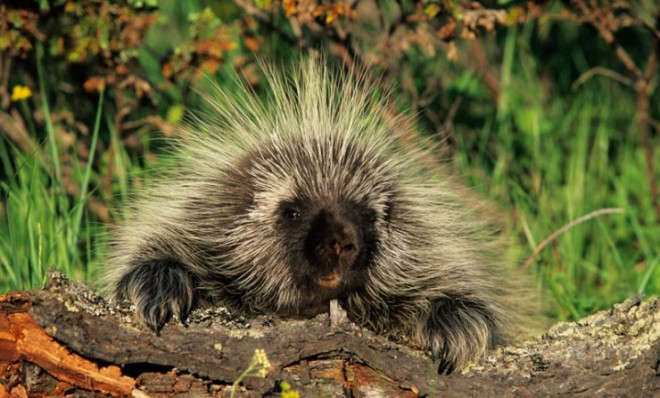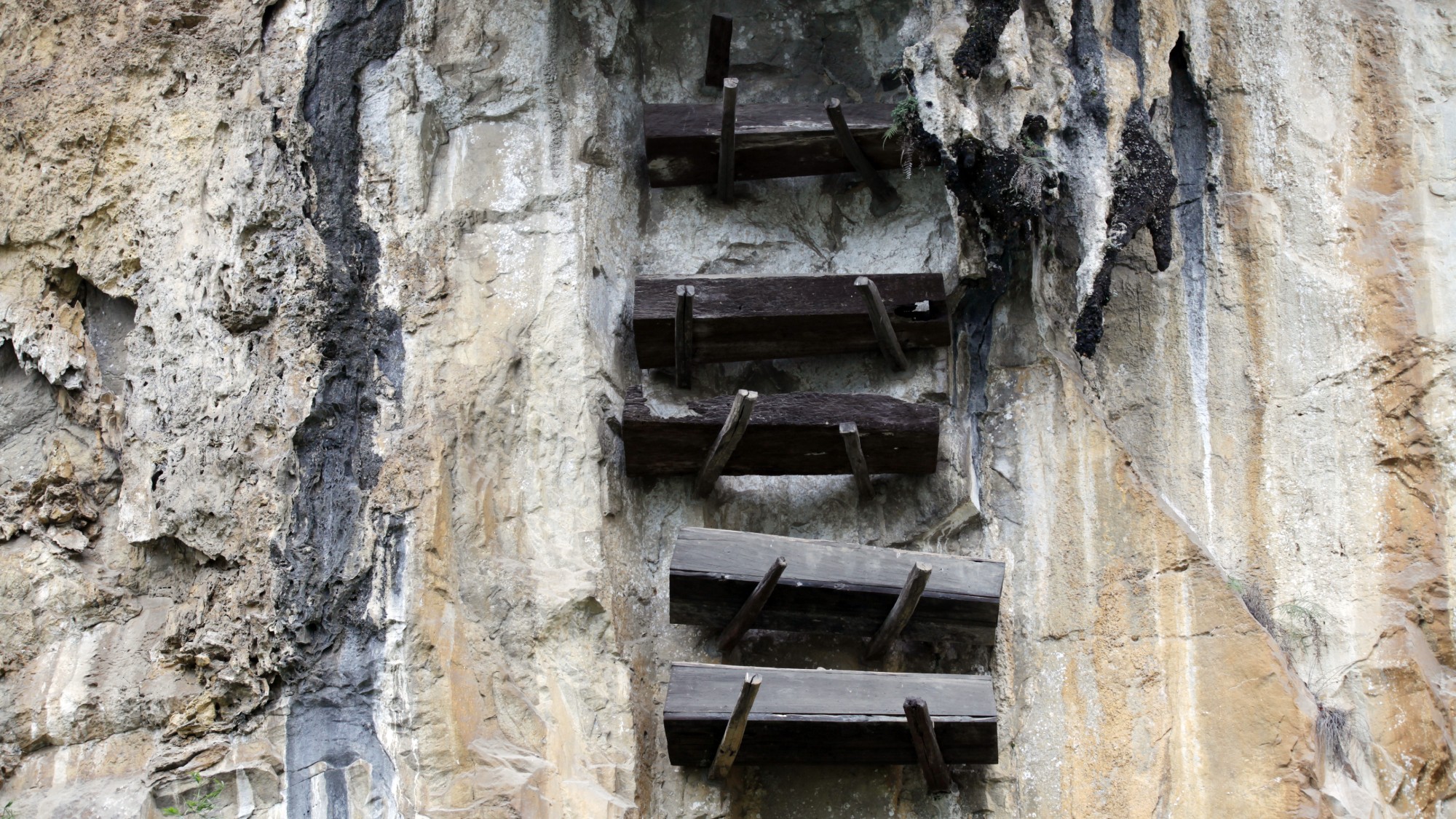How porcupines are helping doctors design better needles
The rodent's barbed quills give researchers some unlikely inspiration

Need to build better tools? Look no further than Mother Nature. Sharkskin gave Speedo the inspiration to design a more-streamlined swimsuit. And squirmy, snake-like machines are helping surgeons make fewer incisions when operating on patients. Now, to design a better needle, a team of bioengineers at the Center for Regenerative Therapeutics at Brigham and Women's Hospital in Boston are drawing inspiration from a somewhat unlikely, prickly critter: The North American porcupine. Here's what you should know about the project:
Why the porcupine?
The large rodents are covered in 30,000 pointy quills that help protect them from would-be predators (and any curious dog unlucky enough to come across one). Each quill is several centimeters long with roughly 800 microscopic barbs at the tip. These tiny, invisible hooks make each quill extremely difficult — and not to mention painful — to remove. Yet somehow, the quills are able to slide into flesh with remarkable ease. After studying them up close for the first time, researchers can finally explain why this happens.
The Week
Escape your echo chamber. Get the facts behind the news, plus analysis from multiple perspectives.

Sign up for The Week's Free Newsletters
From our morning news briefing to a weekly Good News Newsletter, get the best of The Week delivered directly to your inbox.
From our morning news briefing to a weekly Good News Newsletter, get the best of The Week delivered directly to your inbox.
Why are the quills so effective at piercing skin?
The barbs have a "dual functionality," says study leader Jeffrey Karp. It doesn't make sense that a barbed quill can penetrate the skin more efficiently than a smooth one, but the team found that they work "like the bumps on a serrated knife," says Nancy Shute at NPR. "The knife's wavy blade concentrates force at the tip of the teeth, requiring less power overall to cut soft foods like tomatoes or bread." In the porcupine's case, that means poking into the flesh of anyone unlucky enough to get too close.
What will this porcupine-inspired needle be like?
Karp and his team are working on prototype needles covered in similarly microscopic barbs that require much less force to penetrate the skin. That means better accuracy and, more importantly, less painful injections.
A free daily email with the biggest news stories of the day – and the best features from TheWeek.com
But how will people, um, remove the needles?
Good question. Researchers are working on making the needle biodegradable so that it can be removed without the characteristic difficulty of real porcupine quills.
What else will they be able to build from these findings?
The grippy barbs may also lead to stronger, band-aid like adhesives that hold tissue together more securely. (Think Velcro.) These adhesives could find a prominent spot in the medicine world as more doctors shy away from using unwieldy staples or time-consuming sutures.
Sources: NPR, Popular Mechanics, Scientific American, Tech News Daily
-
 The curious history of hanging coffins
The curious history of hanging coffinsUnder The Radar Ancient societies in southern China pegged coffins into high cliffsides in burial ritual linked to good fortune
-
 The Trump administration says it deports dangerous criminals. ICE data tells a different story.
The Trump administration says it deports dangerous criminals. ICE data tells a different story.IN THE SPOTLIGHT Arrest data points to an inconvenient truth for the White House’s ongoing deportation agenda
-
 Ex-FBI agents sue Patel over protest firing
Ex-FBI agents sue Patel over protest firingspeed read The former FBI agents were fired for kneeling during a 2020 racial justice protest for ‘apolitical tactical reasons’